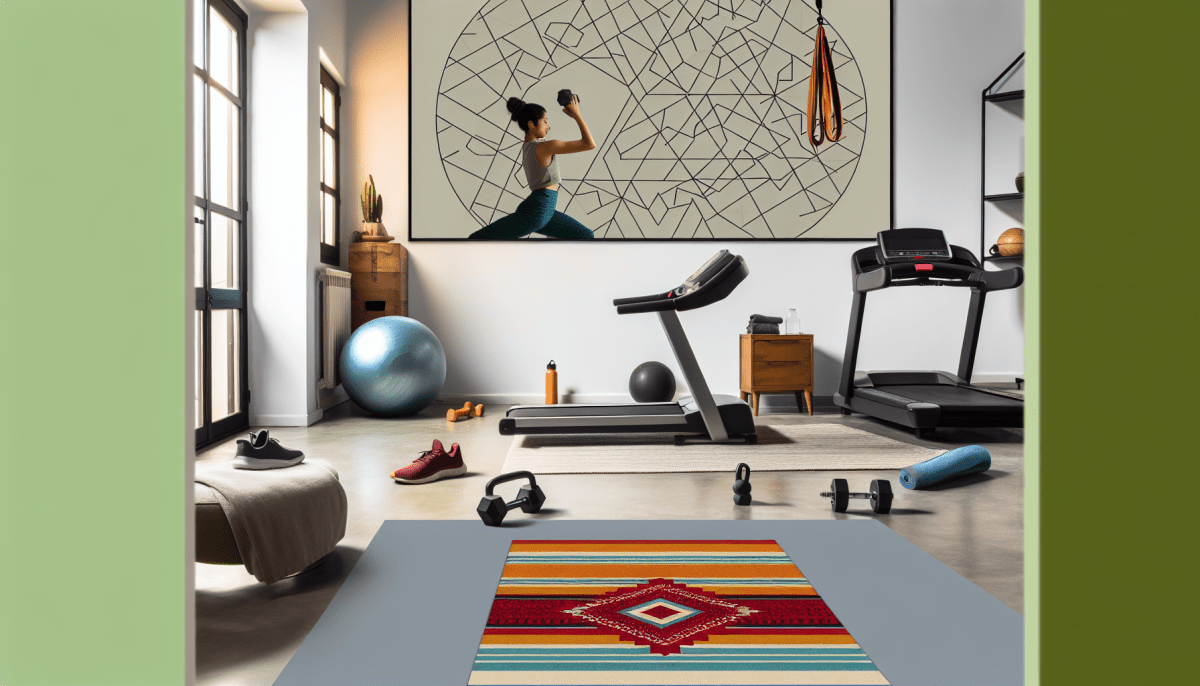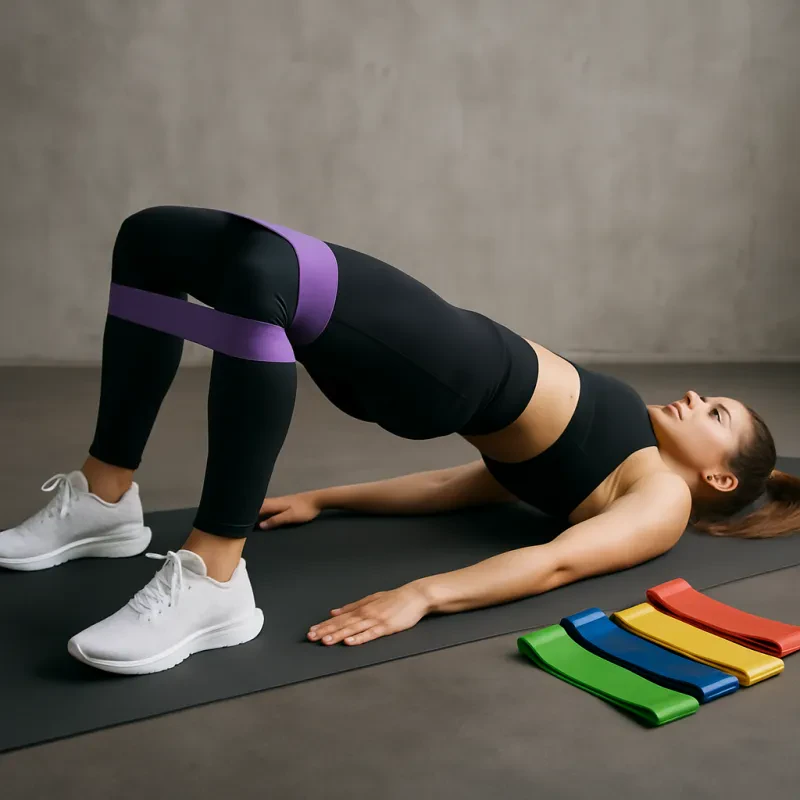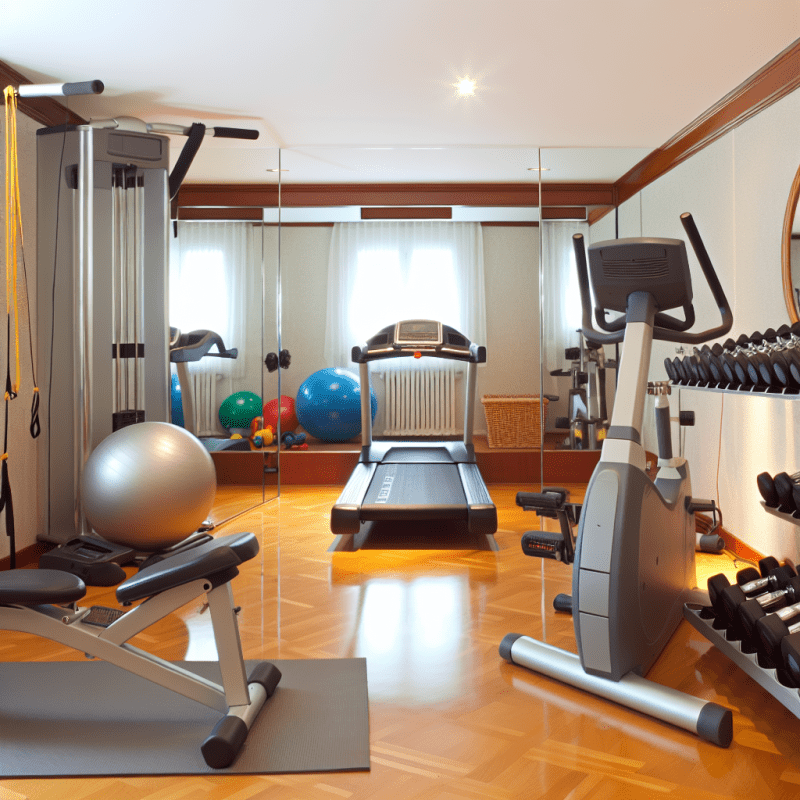Creating a safe workout environment at home is all about staying focused on your space. Whether you’re lifting weights in the living room or practicing yoga in a cozy corner, it's crucial to have a designated area that's free from distractions and hazards.
Start by clearing clutter. Remove anything that could trip you up, like shoes, toys, or stray furniture. A clean, open space will help you feel more relaxed and focused, making your workouts much more enjoyable. Aim for an area that allows you to move freely without worrying about bumps and bruises.
Next, check the floors. Are they slippery? Or maybe there are rugs that could slide around? Consider non-slip mats or workout flooring to keep your footing secure. Having a solid base not only helps prevent accidents but also gives you the confidence to push yourself further in your routines.
Finally, lighting matters! Make sure your workout area is well-lit. Natural light is great, but if that’s not an option, invest in some bright, energy-efficient bulbs. Good lighting helps you maintain proper form while reducing the risk of injuries. You might even think about adding some fun decorations to inspire you—maybe a motivational quote or a picture of your fitness goals!
Keep Your Gear in Good Shape
Staying safe while working out at home means keeping your gear in top condition. Whether you have weights, resistance bands, or yoga mats, a little care goes a long way in ensuring your workout routine is smooth and safe.
Start with your mats and surfaces. Make sure they’re clean and free of any dust or debris. A dirty mat can lead to slips or falls, especially during intense workouts. Regularly wipe it down with a gentle cleaner to keep it fresh and grippy.
If you use weights or resistance bands, inspect them for any signs of wear and tear. Look for cracks in weights or frays in bands. It’s best to replace damaged gear to avoid injuries. You want your equipment to support your workouts, not hold you back!
Also, take the time to organize your space. Keep your equipment in a designated area where you can easily grab what you need. This not only helps with your workout flow but prevents accidents like tripping over stray weights or bands.
Lastly, don’t forget to check your shoes! Proper footwear provides the support you need during workouts. Make sure they’re in good shape, and if they’re showing signs of wear, consider picking up a new pair. Your body will thank you for it.
Listen to Your Body's Signals
Listening to your body’s signals is super important when you’re working out at home. Unlike a gym where trainers or friends might spot you, it’s just you and your own instincts. Your body communicates in various ways, and understanding those signals can help keep you safe.
When you feel pain, it’s your body telling you to back off. Not all discomfort is bad, especially if you’re pushing your limits, but sharp pain or consistent aches are signs to reassess what you’re doing. If something feels off, like weird twinges in your knees or back, don’t ignore it. Take a break, stretch, or modify your routine.
Fatigue is another signal to pay attention to. If you’re feeling more tired than usual, your body might need more recovery time. Overtraining can lead to burnout or injury, so listen closely. It’s totally okay to take a day off or swap in some easier workouts, like yoga or light stretching.
Hydration and nutrition also play a role in how your body feels while exercising. If you notice you’re getting dizzy or unusually tired, it might be time for a snack or a glass of water. Keeping your energy levels up helps you perform better and stay safe.
In the end, tuning in to what your body is telling you helps you enjoy your workouts more and keeps those injuries at bay. So, whether it’s easing up on intensity or mixing in some rest days, trust yourself and make adjustments as needed!
Create a Routine That Works for You
When it comes to working out at home, creating a routine that fits your lifestyle can make all the difference. A consistent schedule helps you stay motivated and ensures that you’re taking the right steps towards your fitness goals. So, how do you craft a routine that works for you?
First, think about your daily schedule. Are you a morning person who loves to get moving before the day starts, or do you prefer to unwind in the evening with a workout? Choose a time that feels natural and allows you to stick with it. If mornings are hectic, maybe aim for lunchtime sessions or evening workouts instead.
Next, mix it up! Variety keeps things fun and prevents boredom from creeping in. Consider alternating between cardio, strength training, and flexibility workouts throughout the week. Not only does this keep things interesting, but it also gives different muscle groups time to recover.
Lastly, listen to your body. If a workout feels too intense or you’re not enjoying it, it’s okay to adjust your routine. The goal is to stay safe and have fun while getting fit. Your home gym should inspire you, not overwhelm you! So, make it work for you and find that sweet spot where fitness meets enjoyment.



